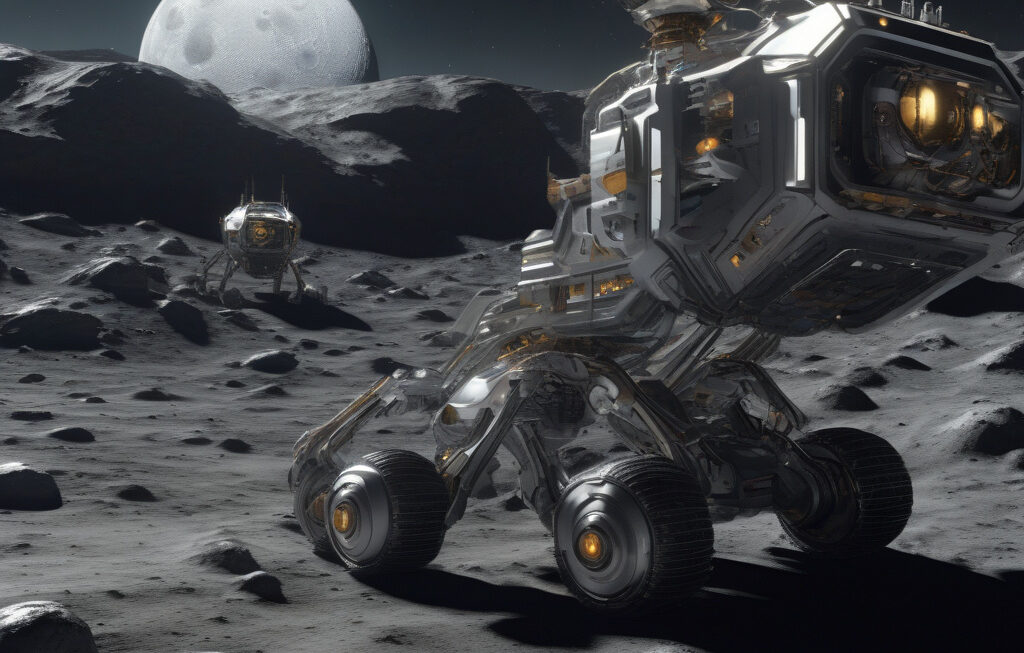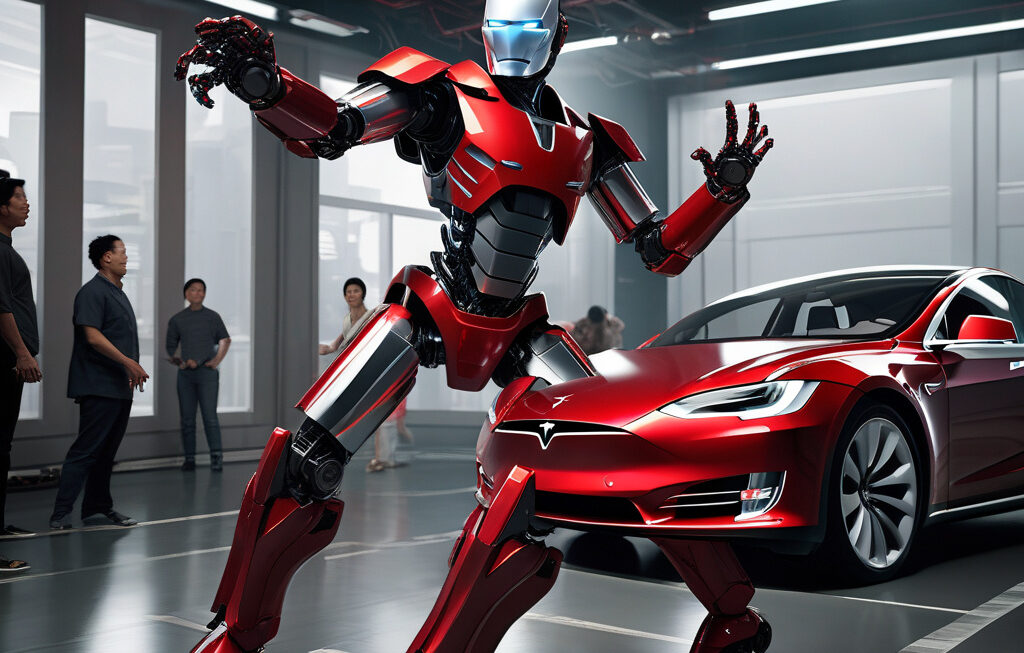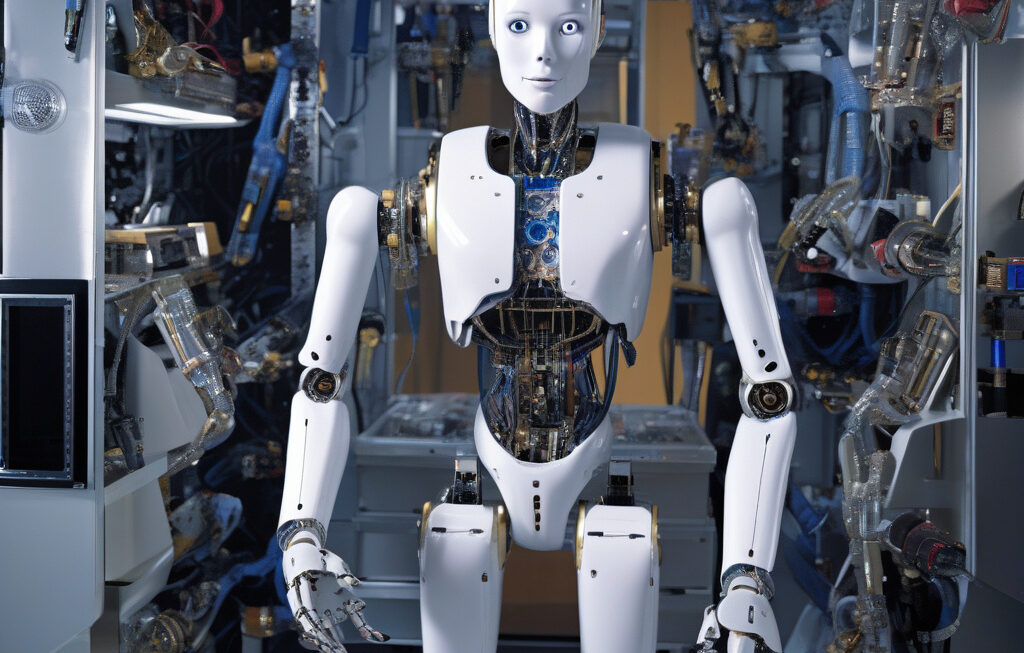China’s New Humanoid Robot Performs Tai Chi, Could Be Lenovo’s ‘Silicon Employee’
Global technology leader Lenovo has signaled a major strategic shift by unveiling its first humanoid robot capable of performing the ancient martial art of Tai Chi. This groundbreaking development not only showcases the cutting-edge advancements in robotics but also hints at the potential future role of robots in various industries, including the possibility of serving as ‘silicon employees’.
The humanoid robot, designed and developed by Lenovo, represents a significant leap forward in the field of robotics. By mastering the intricate movements of Tai Chi, a traditional Chinese martial art known for its slow and graceful sequences, the robot demonstrates a remarkable level of agility, precision, and adaptability. This feat underscores the tremendous progress that has been made in enabling robots to mimic human actions with increasing sophistication.
While the immediate application of a Tai Chi-performing robot may seem niche, the implications of this technological achievement are far-reaching. Lenovo’s foray into humanoid robotics signals a shift towards exploring new opportunities for automation and innovation. As industries worldwide continue to adopt automation technologies to streamline processes and improve efficiency, humanoid robots like the one developed by Lenovo could play a pivotal role in reshaping the future of work.
One particularly intriguing prospect is the concept of a ‘silicon employee’ – a humanoid robot that can perform tasks traditionally carried out by human employees. From manufacturing and assembly line operations to customer service and hospitality, there are numerous roles where robots could potentially augment or even replace human workers. By leveraging advanced technologies such as artificial intelligence and machine learning, these robots can be trained to handle a wide range of responsibilities with speed and precision, offering companies a cost-effective and efficient alternative to human labor.
Lenovo’s Tai Chi-performing robot serves as a compelling example of how humanoid robots could be integrated into various industries. Imagine a robot assisting in physical therapy sessions by demonstrating therapeutic exercises, or guiding individuals in learning new skills through interactive demonstrations. The possibilities are endless, limited only by our imagination and the pace of technological advancement.
As we stand on the cusp of a new era defined by unprecedented technological innovation, the rise of humanoid robots presents both opportunities and challenges. While the prospect of ‘silicon employees’ may raise concerns about job displacement and the future of work, it also opens up new possibilities for enhancing productivity, creativity, and efficiency in the workplace. By embracing these advancements and exploring the potential applications of humanoid robots across different sectors, we can unlock a wealth of opportunities for growth and development.
In conclusion, Lenovo’s humanoid robot performing Tai Chi is not just a remarkable technological achievement; it is a glimpse into the future of robotics and automation. As companies increasingly look towards integrating advanced technologies into their operations, the concept of ‘silicon employees’ could soon become a reality, revolutionizing the way we work and interact with machines. By staying at the forefront of innovation and embracing the potential of humanoid robotics, organizations can position themselves for success in an ever-evolving digital landscape.
#Lenovo #HumanoidRobot #TaiChi #Innovation #FutureOfWork










